Peripheral vasodilators
Drugs that can play the role of dilating surrounding blood vessels are also known as the peripheral vasodilators. To date the vasodilators used for clinical application have many types, and it can be generally divided into two categories.
One is the drugs that directly relax the vascular smooth muscle, that is, direct vasodilators, such as hydralazine, sodium nitroprusside and nitrates;
the other is the drugs working through a different mechanism of action to dilate blood vessels, including α- adrenal receptor blockers, calcium antagonists and angiotensin converting enzyme inhibitors.
They are not only traditionally used to treat high blood pressure and other cardiovascular diseases but also currently used for the treatment of acute and chronic heart failure. This is based on the function of these drugs to expand the small veins, and this function can not only reduce venous return to decline ventricular filling pressure and cardiac preload but also decrease peripheral vascular resistance to reduce ventricular ejection impedance and cardiac afterload. The reduction of cardiac preload and afterload can reduce the ventricular muscle tension and improve the supply and demand balance of myocardial oxygen. Therefore, for myocardial infarction, hypertensive heart disease or cute left ventricular failure and pulmonary edema after open heart surgery a significant effect can be obtained by vasodilator therapy. And for chronic congestive heart failure, especially digitalis intoxication or intractable heart failure after the fail treatment with digitalis and diuretics, vasodilators also have a considerable effect of remission. It has been proved by clinical practice that arterial blood pressure don’t change or slightly decrease and heart rate changes little in the appropriate dose of vasodilator. However, excessive doses can cause severe hypotension, so the application of vasodilators should start from small dose and monitor the heart rate and blood pressure closely, and even monitor the pulmonary capillary wedge pressure if conditions allow. Long-term use can not be discontinued immediately, otherwise it easily lead to rebound.
- Structure:
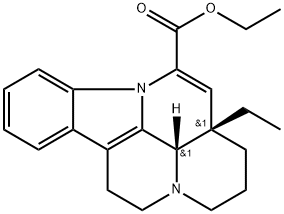
- Chemical Name:Vinpocetine
- CAS:42971-09-5
- MF:C22H26N2O2
- Structure:
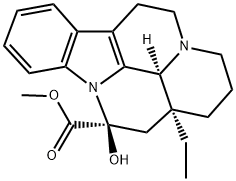
- Chemical Name:Vincamine
- CAS:1617-90-9
- MF:C21H26N2O3
- Structure:
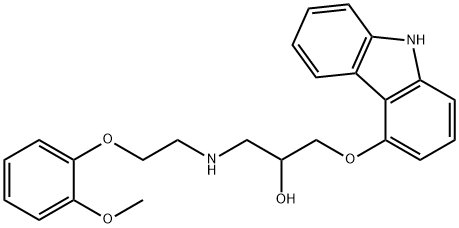
- Chemical Name:Carvedilol
- CAS:72956-09-3
- MF:C24H26N2O4
- Structure:

- Chemical Name:Betahistine dihydrochloride
- CAS:5579-84-0
- MF:C8H14Cl2N2
- Structure:

- Chemical Name:CYCLANDELATE
- CAS:456-59-7
- MF:C17H24O3
- Structure:
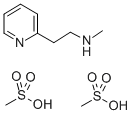
- Chemical Name:Betahistine mesylate
- CAS:54856-23-4
- MF:C8H12N2.2CH4O3S
- Structure:
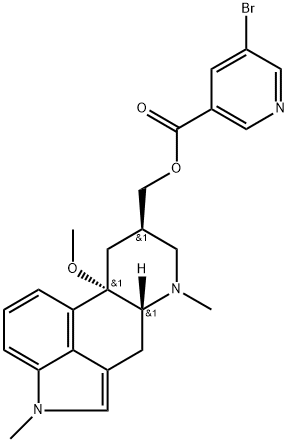
- Chemical Name:Nicergoline
- CAS:27848-84-6
- MF:C24H26BrN3O3
- Structure:

- Chemical Name:Papaverine hydrochloride
- CAS:61-25-6
- MF:C20H22ClNO4
- Structure:
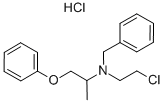
- Chemical Name:Phenoxybenzamine hydrochloride
- CAS:63-92-3
- MF:C18H22ClNO.ClH
- Structure:

- Chemical Name:Tolperisone hydrochloride
- CAS:3644-61-9
- MF:C16H24ClNO
- Structure:

- Chemical Name:Tolazoline hydrochloride
- CAS:59-97-2
- MF:C10H13ClN2
- Structure:

- Chemical Name:Phentolamine mesilate
- CAS:65-28-1
- MF:C18H23N3O4S
- Structure:

- Chemical Name:Calcium dobesilate
- CAS:20123-80-2
- MF:2C6H5O5S.Ca
- Structure:
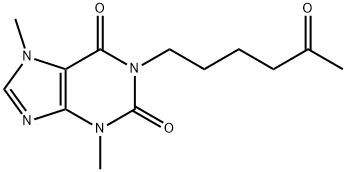
- Chemical Name:Pentoxifylline
- CAS:6493-05-6
- MF:C13H18N4O3
- Structure:
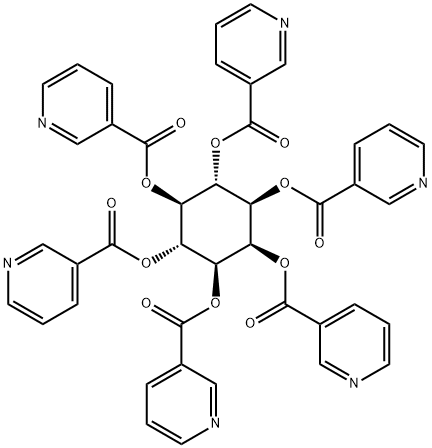
- Chemical Name:Inositol nicotinate
- CAS:6556-11-2
- MF:C42H30N6O12
- Structure:
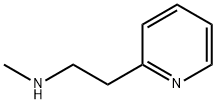
- Chemical Name:Betahistine
- CAS:5638-76-6
- MF:C8H12N2
- Structure:
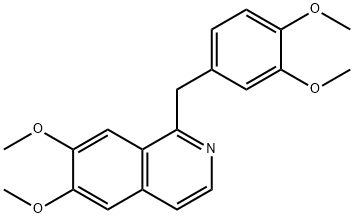
- Chemical Name:PAPAVERINE
- CAS:58-74-2
- MF:C20H21NO4
- Structure:
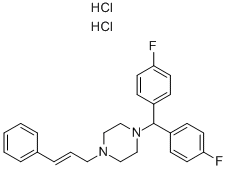
- Chemical Name:Flunarizine dihydrochloride
- CAS:30484-77-6
- MF:C26H28Cl2F2N2
- Structure:

- Chemical Name:Tolazoline
- CAS:59-98-3
- MF:C10H12N2
- Structure:
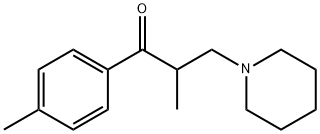
- Chemical Name:Tolperisone
- CAS:728-88-1
- MF:C16H23NO
- Structure:

- Chemical Name:Sodium ferulic
- CAS:24276-84-4
- MF:C10H9NaO4
- Structure:
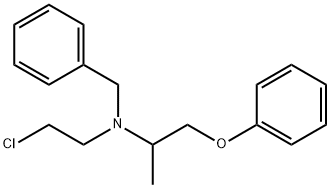
- Chemical Name:phenoxybenzamine
- CAS:59-96-1
- MF:C18H22ClNO
- Structure:
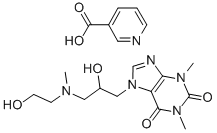
- Chemical Name:Xanthinol nicotinate
- CAS:437-74-1
- MF:C19H26N6O6
- Structure:
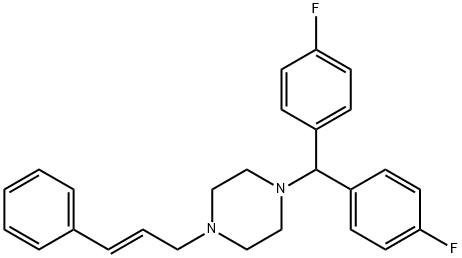
- Chemical Name:Flunarizine
- CAS:52468-60-7
- MF:C26H26F2N2
- Structure:

- Chemical Name:Nylidrin
- CAS:447-41-6
- MF:C19H25NO2
- Structure:
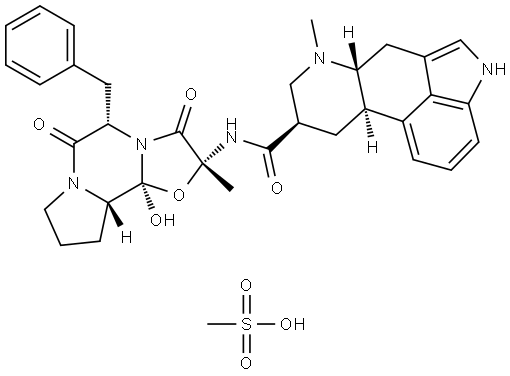
- Chemical Name:DIHYDROERGOTAMINE MESYLATE
- CAS:6190-39-2
- MF:C33H37N5O5.CH4O3S
- Structure:
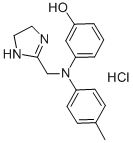
- Chemical Name:Phentolamine hydrochloride
- CAS:73-05-2
- MF:C17H20ClN3O
- Structure:
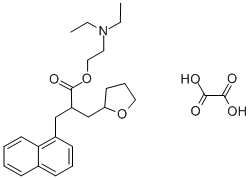
- Chemical Name:alpha-(1-Naphthylmethyl)-2-tetrahydrofuranpropionic acid diethylaminoethyl ester oxalate
- CAS:3200-06-4
- MF:C26H35NO7
- Structure:
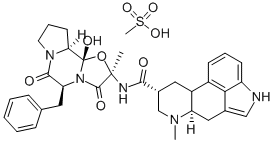
- Chemical Name:Dihydroergotoxine
- CAS:11032-41-0
- MF:C34H41N5O8S
- Structure:
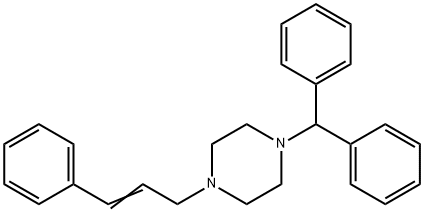
- Chemical Name:Stugeron
- CAS:298-57-7
- MF:C26H28N2
- Structure:
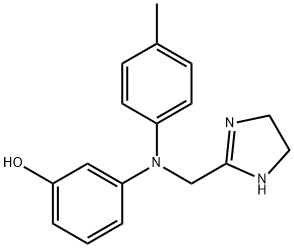
- Chemical Name:Phentolamine
- CAS:50-60-2
- MF:C17H19N3O
- Structure:
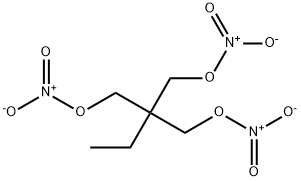
- Chemical Name:propylidynetrimethyl trinitrate
- CAS:2921-92-8
- MF:C6H11N3O9
- Structure:
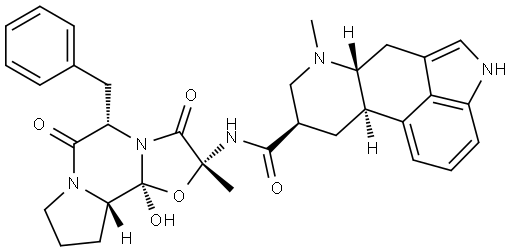
- Chemical Name:DIHYDROERGOTAMINE
- CAS:511-12-6
- MF:C33H37N5O5
- Structure:
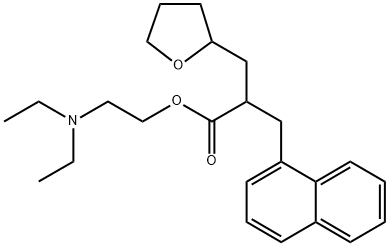
- Chemical Name:NAFRONYL
- CAS:31329-57-4
- MF:C24H33NO3